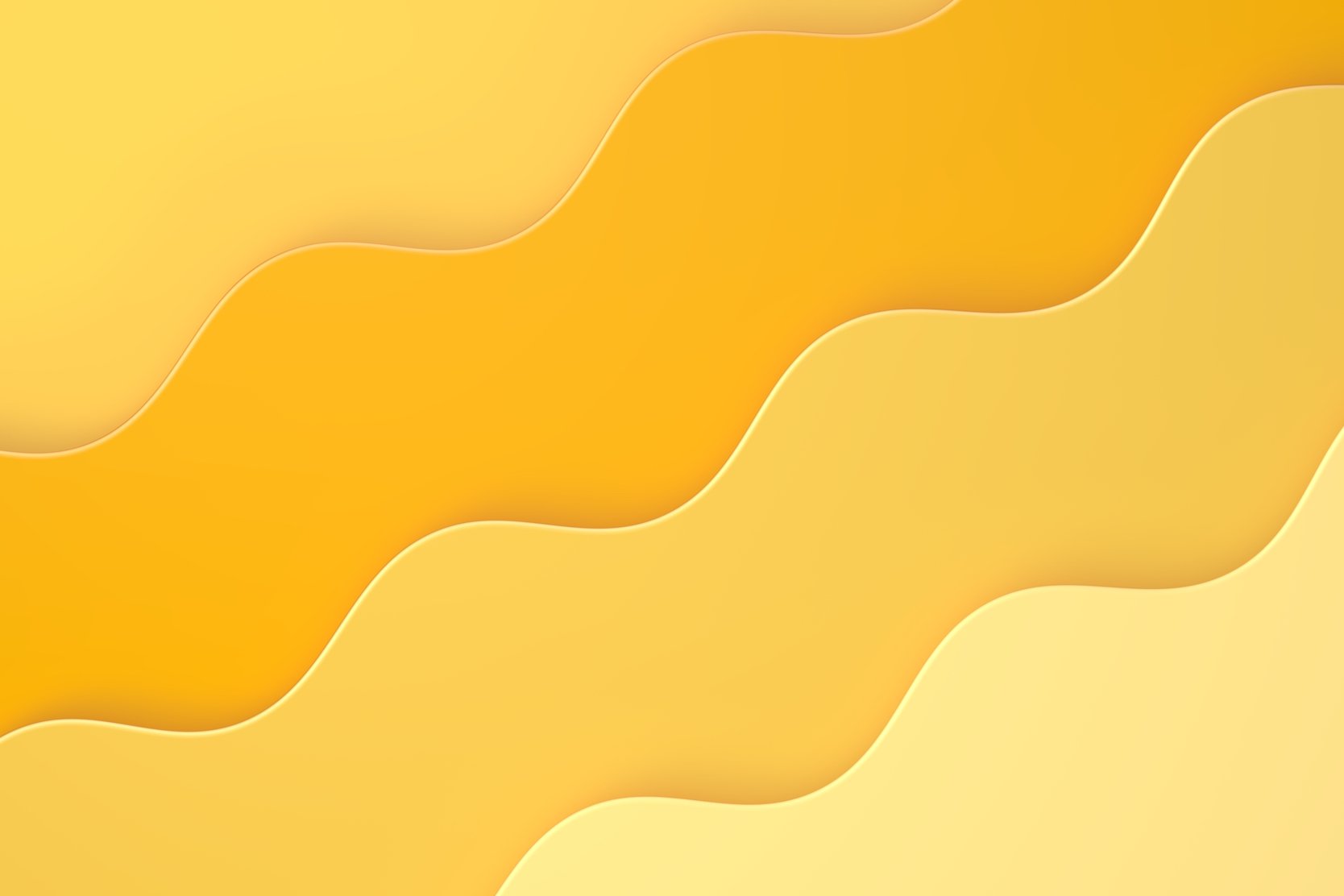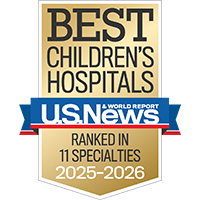Nasal obstruction

Overview
Many things can cause a nasal obstruction in babies and kids, from a bad cold to a misplaced pebble to a developmental abnormality. The seriousness of the problem depends on the cause and the extent to which the blockage interferes with the child's ability to breathe. Newborns mainly breathe through their noses (unless they're crying), so a blockage of their nasal passages may require immediate intervention.
Causes of nasal obstruction include:
- Colds, flus and allergies. Any of these can cause swelling of the nasal tissues and generate enough mucus to block the nose.
- Turbinate swelling. These tissues are the air filters of the nose and can be swollen by allergies.
- Foreign bodies. Young children are notorious for inserting small objects, such as peas, peanuts or beads, into a nostril. Doctors refer to these as foreign bodies.
- Choanal atresia. In this rare congenital condition, the back opening of the nose is blocked by bone, soft tissue or both. Both nasal passages (bilateral) or just one (unilateral) may be affected.
- Tear duct cysts. In some babies, the tear duct (lacrimal duct) isn't properly formed, leading to nasal blockages.
- Inflamed adenoids. Part of the immune system, these tissues at the back of the nose can become swollen by infection.
- Deviated septum. This is when the septum (the cartilage and bone structure separating the nasal passages) is crooked at birth or because of an injury.
- Nasal polyps. These are small growths in the tissues lining the sinus. They are rare and usually associated with other conditions, such as cystic fibrosis.
- Tumors. Though uncommon, certain types of benign (noncancerous) or malignant (cancerous) growths – including encephaloceles, hamartomas and gliomas – can block nasal passages.
A blockage caused by mucus or swollen tissues often goes away on its own. An obstruction that persists can be a symptom of another condition and needs to be managed by a doctor.
Signs & symptoms
Symptoms of an obstruction vary depending on the cause, whether one or both nasal passages are blocked, and the child's age.
- Until they're about 3 months old, babies mainly breathe through the nose (except when crying). Signs of a blockage include difficulty breathing, especially during feeding; noisy breathing; or breathing that improves when the baby is crying.
- Older children with a nasal obstruction may have a chronic runny nose on the blocked side; have raspy, noisy breathing; and breathe through the mouth or snore. Dentists often want children who mouth breathe to be evaluated and receive care to improve their nasal breathing because chronic mouth breathing can affect jaw growth and tooth alignment.
- Foul-smelling mucus can indicate the presence of an obstructing foreign body.
Diagnosis
In some cases, a physical exam – with the doctor simply looking inside your child's nose – may be enough to diagnose the problem. Otherwise, the doctor may use a flexible nasopharyngoscope (a tiny lighted camera that's inserted into the nose) to examine the interior of the nose, the area behind the nose, the back of the tongue, the throat and the larynx (voice box). This can generally be done in the office. If allergies are suspected, additional testing may be used to pin down the cause. Imaging studies, such as a CT scan or MRI, are occasionally needed to make a diagnosis.
Treatment
Treatment depends on the obstruction's cause. Sometimes all that's needed is time for the child to grow bigger. Sometimes medical therapies, such as nasal steroids or allergy medications, can help. Sometimes surgery should be performed. Newborns with bilateral choanal atresia require immediate placement of a breathing tube and additional surgery to correct the blockage.
Support services
Awards & recognition
-

Ranked among the nation's best in 11 specialties
































